C4.35 Guide to British Pound Sterling
Introduction to the British Currency: Pound Sterling
Following the death of Queen Elizabeth II of the United Kingdom on 8 September 2022 at the age of 96, future British currency will feature a new portrait.
The official currency of the UK is the pound sterling, used in England, Wales, Scotland, and Northern Ireland. Its abbreviation is GBP. Even after the UK voted to leave the European Union, the pound sterling has remained unchanged for the time being.
The pound sterling is divided into two denominations: Pounds and Pence, with the symbol £. One pound equals 100 pence. Currently, British banknotes are available in denominations of £5, £10, £20, and £50. Coins come in 1p, 2p, 5p, 10p, 20p, 50p, £1, and £2. The £1 coin is sometimes colloquially called "quids" by locals—so don’t be confused if you hear this term on the street or in shops. This slang refers to the value rather than the £1 coin itself. Each denomination of pound sterling banknote and coin has a distinct color and design. However, all British currency features the monarch’s portrait: banknotes typically display the monarch’s portrait on one side and landmarks, historical figures, or national symbols on the other.
Shishengmiao reminds that while Scotland and Northern Ireland use pound sterling, their banknotes differ in design from those issued in England and Wales. Although Scottish and Northern Irish banknotes are not officially legal tender in England and Wales (only banknotes from England and Wales are the UK’s official legal tender), they can be used legally. That said, most businesses in England and Wales are not obligated to accept them and have the right to refuse. Refusals usually occur because businesses are unsure how to verify the authenticity of these banknotes. Therefore, it is best to use banknotes within their respective regions. If you travel to Scotland and have unused Scottish banknotes left, you can exchange them for English banknotes free of charge at most banks.
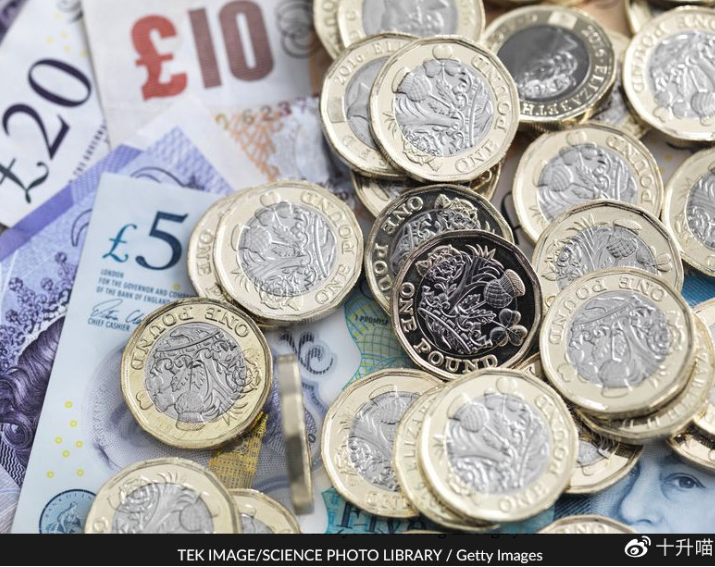
Shishengmiao reminds that it is best not to use euros in the UK, as most businesses do not accept them. However, a very small number of stores do accept euros—for example, iconic department stores such as Harrods, Selfridges, and Marks & Spencer.
Introduction to Pound Sterling Banknotes

£50 Banknote
The £50 banknote is typically red, featuring portraits of Matthew Boulton and James Watt. James Watt invented the modern steam engine, and in 1775, he partnered with Matthew Boulton to establish a British engineering and manufacturing company
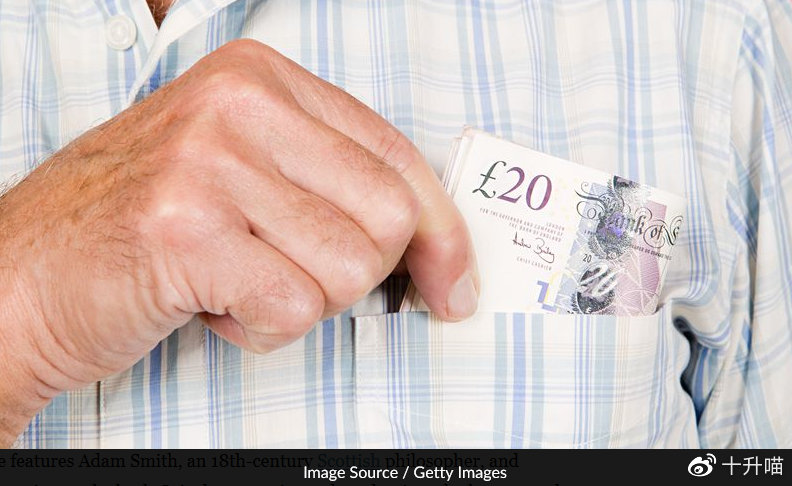
£20 BanknoteThe Bank of England issued the Adam Smith £20 banknote in March 2007. The reverse side of this banknote features a portrait of Adam Smith, an 18th-century Scottish philosopher and economist. It is the same size and nearly the same colour (purple) as the old £20 banknote depicting the British composer Sir Edward Elgar.
In 2020, a new version of the £20 banknote replaced the Adam Smith note, featuring a portrait of the renowned British painter J.M.W. Turner. It includes a self-portrait (the same one on display at Tate Britain in London since 1799), the ship depicted in Turner’s work The Fighting Temeraire, and the artist’s signed famous quote: “Light is therefore colour.”
£10 Banknote

The £10 banknote issued by the Bank of England is commonly referred to as a "ten-pound note". The old version, as shown in the image above, features Charles Darwin, who is famous for the theory of evolution and natural selection. The Charles Darwin £10 note was issued in 2000 and ceased circulation in March 2018

In March 2018, the UK issued a new version of the £10 banknote in orange, as shown in the image above. This new £10 note features a portrait of the renowned writer Jane Austen. On the front side, there is a new hologram with a crown, a transparent portrait of Queen Elizabeth II, and Winchester Cathedral in gold foil. On the reverse side, there is a profile of Jane Austen, a quotation from Pride and Prejudice, an illustration of Elizabeth Bennet, and an image of Godmersham Park. The new note is also made of plastic and is waterproof.
£5 Banknote
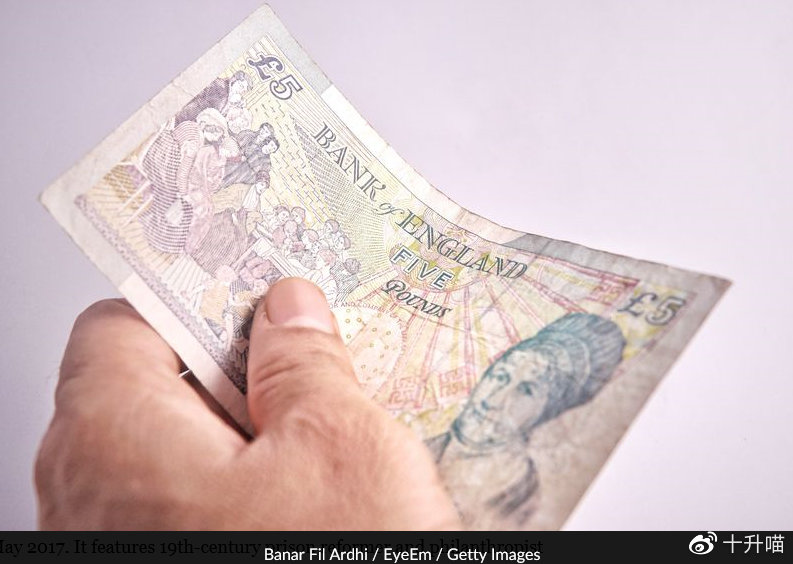
This £5 banknote (also known as a "fiver") entered circulation in 2001 and ceased to be legal tender in May 2017. It features Elizabeth Fry, a 19th-century prison reformer and philanthropist. Known as the "Angel of Prisons," Fry advocated for legislation to promote the humane treatment of incarcerated prisoners

The new version of the £5 banknote, issued in autumn 2016, features a portrait of Queen Elizabeth II on one side and Sir Winston Churchill on the other. With enhanced anti-counterfeiting features, these bright turquoise notes are considered cleaner and more difficult to counterfeit. Like the £10 banknote, the new £5 note is made of waterproof plastic. Both the £5 and £10 banknotes have a common issue: they stick to each other due to static electricity. So if you have several new notes, make sure you don’t accidentally use two instead of one when paying.
Introduction to Pound Sterling Coins£1 Coin
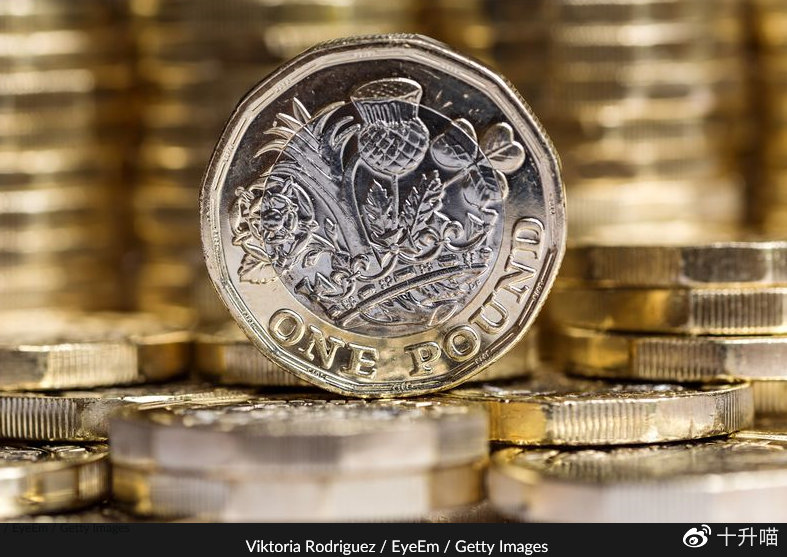
Initially, the £1 coin may look similar to the £2 coin. Both feature Jody Clark’s design of Queen Elizabeth II on the obverse and are bimetallic. However, the new version of the £1 coin, issued in March 2017, has 12 sides and a brand-new design on the reverse. The English rose, Scottish thistle, Welsh leek, and Northern Irish shamrock—paying tribute to the four nations of the UK—all rise from the top of a crown.
Before the original £1 coin entered circulation in the 1980s, £1 banknotes issued by the Bank of England were used. While the £1 coin is the primary currency today, old £1 banknotes are still issued by the Royal Bank of Scotland and used in Jersey, Guernsey, and the Isle of Man.
£2 Coin

The UK's £2 coin has a silver centre and a gold outer rim. Since its issuance in 1997, this £2 denomination coin has featured three different portraits of Queen Elizabeth II. The obverse was designed by Jody Clark in 2015.
The reverse of the £2 coin has also undergone changes. Bruce Rushin designed the original coin, which circulated from 1997 to 2015. Its edge features a set of interlocking gears and the inscription "Standing on the shoulders of giants", symbolizing Britain's technological progress from the Iron Age to the Industrial Revolution. The latest version of the coin in circulation today bears Antony Dufort’s design of Britannia, inscribed with "Quatuor maria vindico"—meaning "I shall claim the four seas".
50p Coin
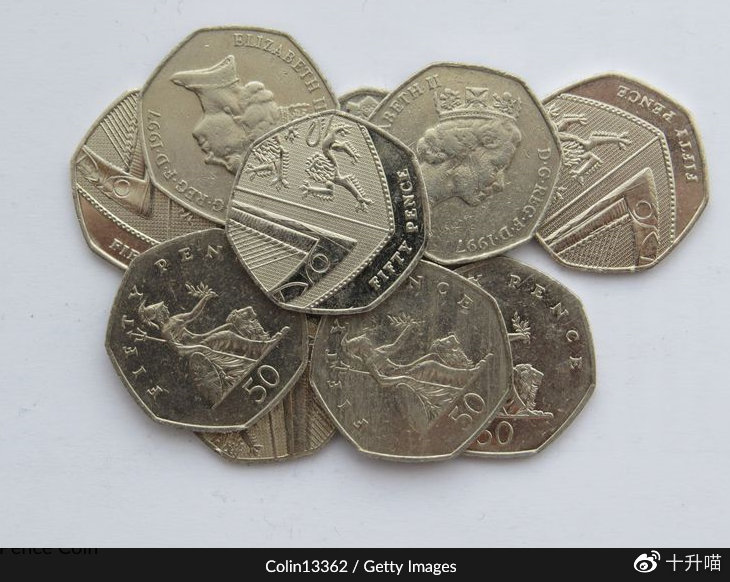
The 50 pence (50p) coin is a seven-sided silver coin. Since it was first minted in 1969, the obverse of this coin has featured a portrait of Queen Elizabeth II.
20p Coin

The 20 pence (20p) coin looks very similar to the 50 pence (50p) coin, as both are seven-sided silver coins with a portrait of Queen Elizabeth II on the obverse and a Royal Shield on the reverse. If you feel confused, check the inscriptions on the reverse of each coin ("TWENTY PENCE" or "FIFTY PENCE") to tell them apart.
10p Coin
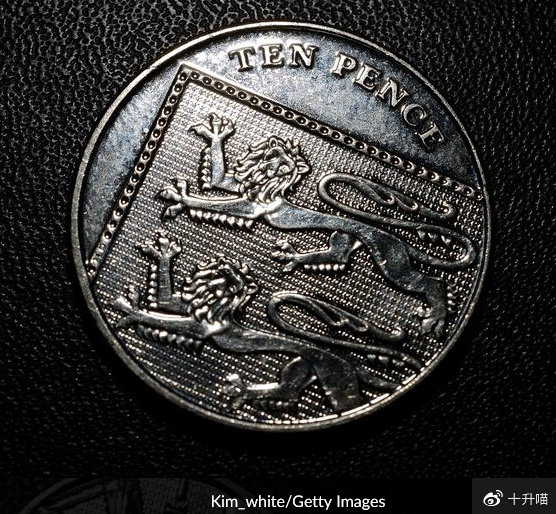
This 10 pence (10p) coin is round and silver, with a portrait of Queen Elizabeth II on the obverse and part of the Royal Shield on the reverse.
5p Coin

The 5 pence (5p) coin is similar to the 10p coin. Both are round and silver, featuring a portrait of Queen Elizabeth II on the obverse and part of the Royal Shield on the reverse. However, the 5p coin is much smaller than the 50p, 20p, and 10p coins.
2p Coin

The round 2 pence (2p) coin stands out as it is made of copper. Beyond that, the design remains unchanged: a portrait of Queen Elizabeth II and part of the Royal Shield.
1p Coin
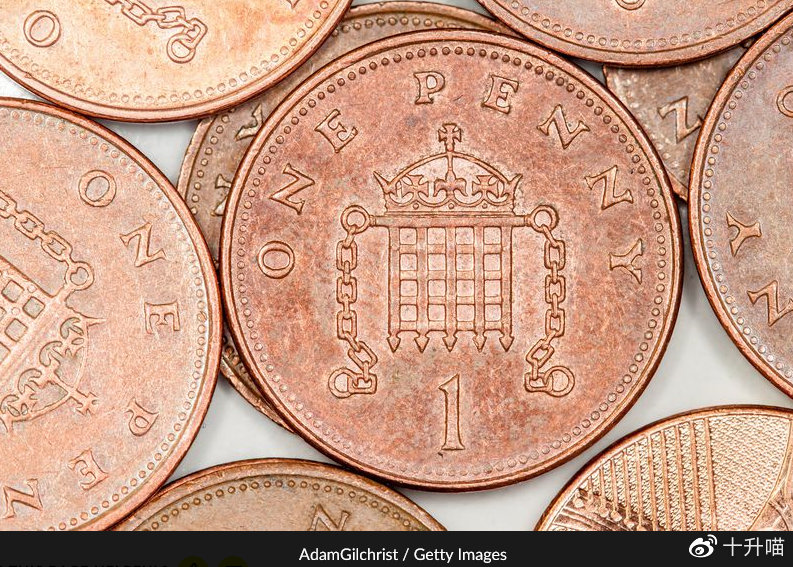
The 1 pence (1p) copper coin is commonly known as a "penny". It is the lowest-value coin in circulation in the UK。
Reference:
https://www.tripsavvy.com/basic-information-about-uk-currency-1582421
https://www.tripsavvy.com/uk-currency-photographs-4123326














